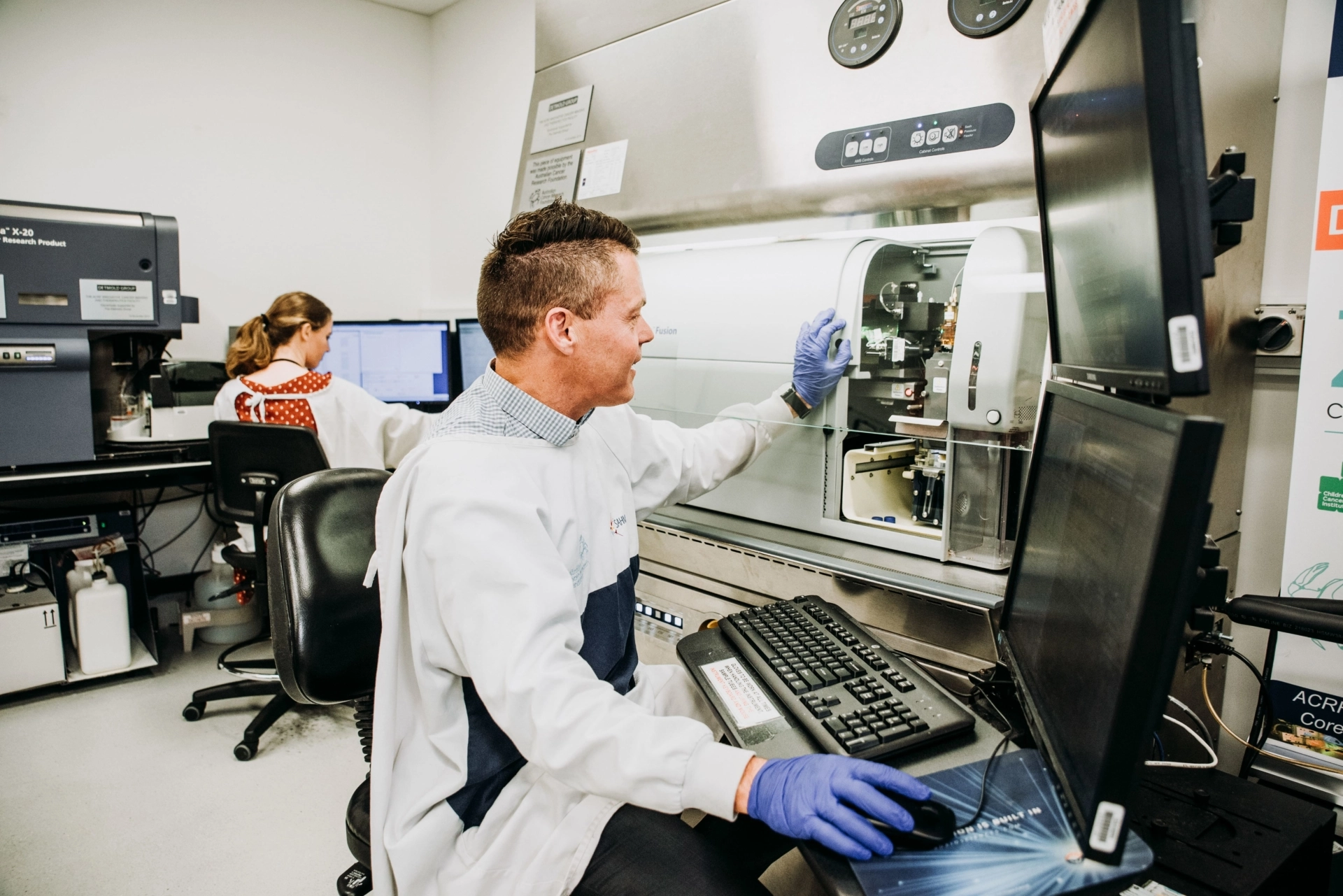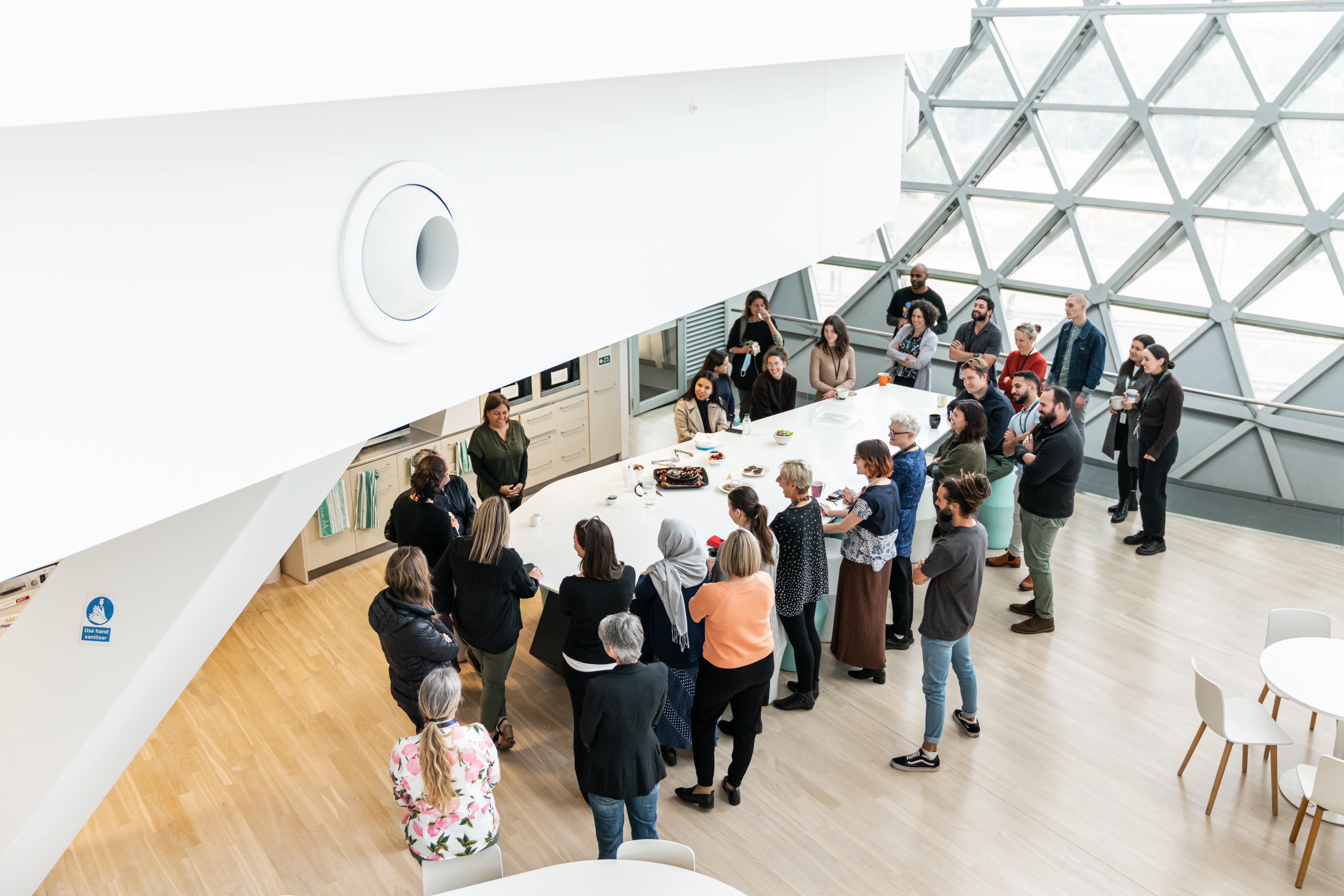Chronic myeloid leukaemia (CML) is predicted to become the most prevalent leukaemia in Australia within the next 20 years. Only about 25% of CML patients achieve the best outcome – treatment-free remission. Around 50% still require lifelong treatment and a further 25% develop resistance or intolerance to treatment.

The Chronic Myeloid Leukaemia Group is trying to improve these outcomes using a precision medicine approach which specifies treatment according to the patient’s specific needs and disease characteristics.
CML is still a fatal disease for up to 10% of patients. The reasons for early progression to acute-phase disease and for drug resistance need to be explored to successfully reduce the death rate.
The CML Group is exploring biomarkers that can indicate who needs a more intensive approach to therapy from the start and who can be safely managed with standard therapeutic approaches.
Most CML patients on targeted drug treatment have a normal life expectancy and can live with their disease for decades. This means that CML is becoming more common in the community, hence why it will become the most common leukaemia in Australia by 2040. However thousands of people with CML in Australia are facing lifelong dependence on expensive drugs that often cause side effects which can be serious.
Over the past 10 years the CML group and others have shown that carefully selected people with CML with excellent responses to therapy can stop treatment, with around half of them remaining in remission long-term. This situation is called treatment free remission (TFR). Currently, there are no accurate and reliable predictors of who will relapse and who will remain in TFR. This group aims to develop a method to predict who can safely stop treatment.
The CML group has begun a new clinical trial aiming to verify the next-generation drug asciminib as a frontline treatment that is highly effective with fewer side effects.





